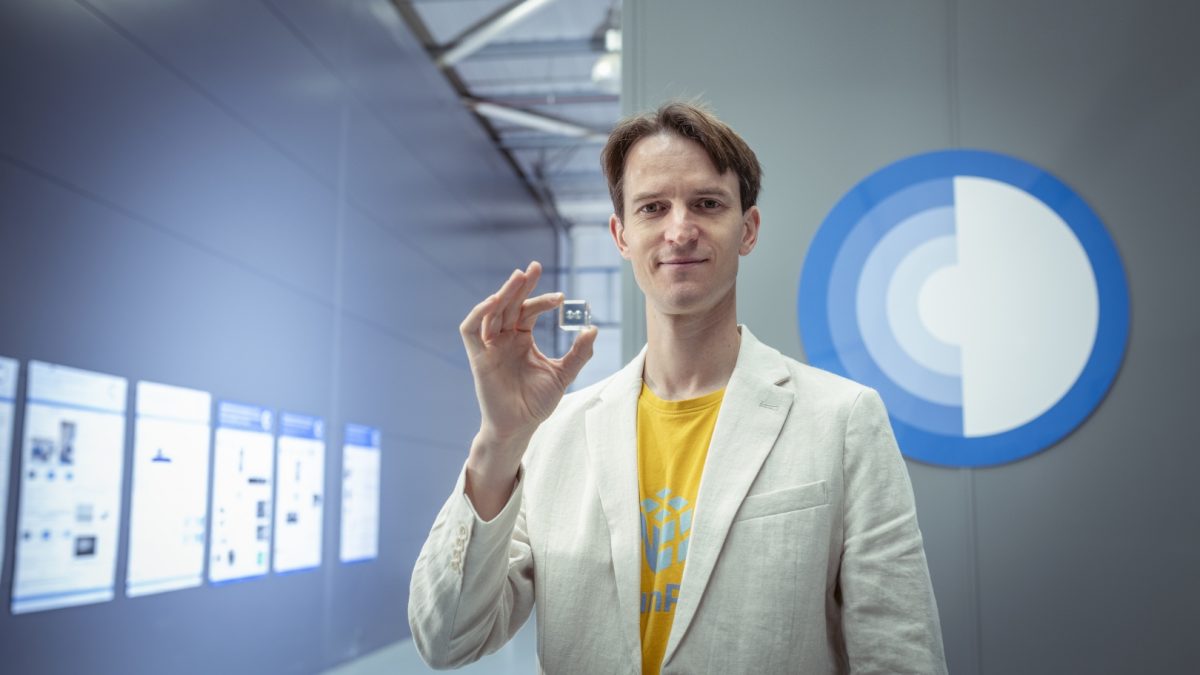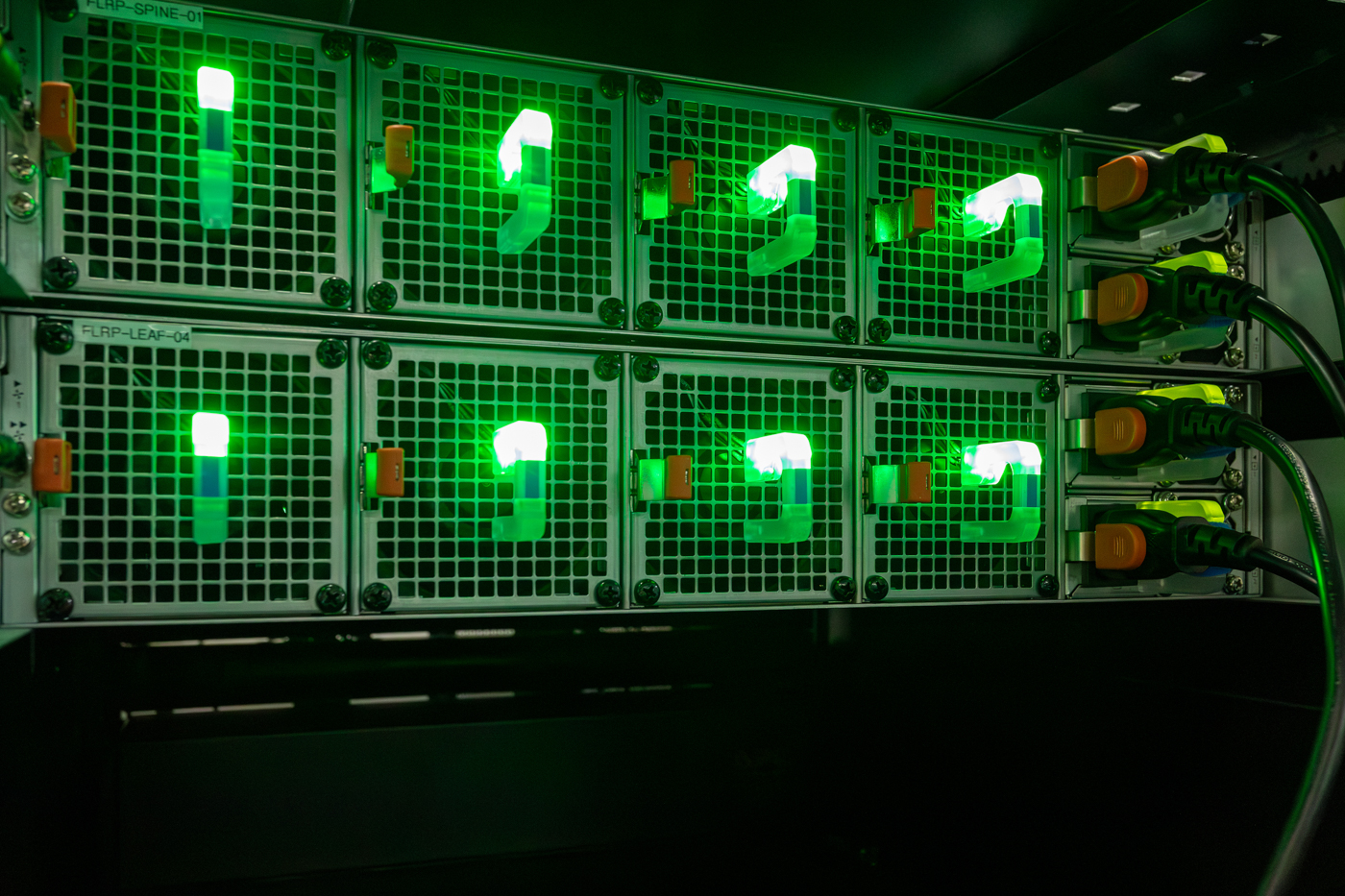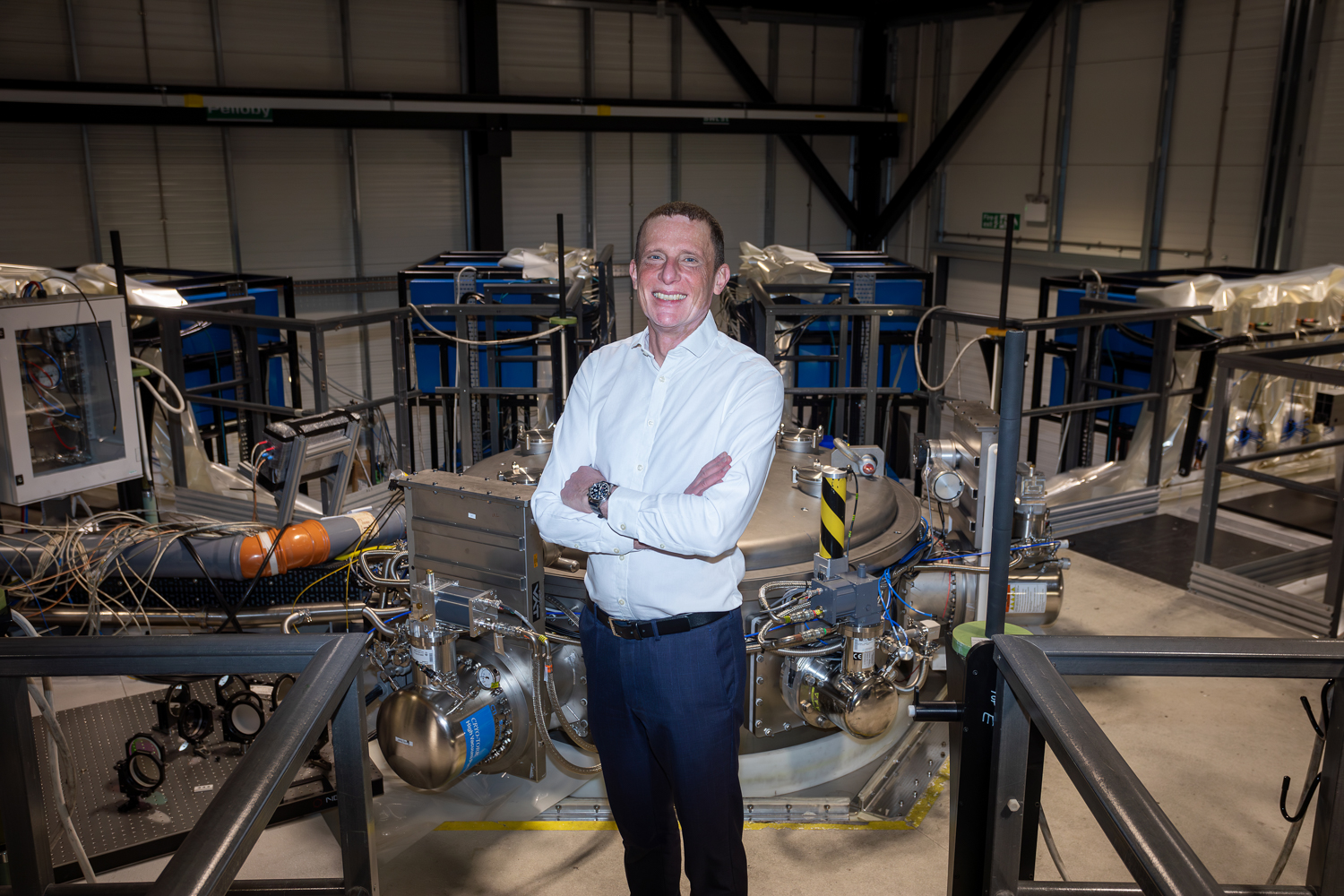Dr Nicholas Hawker, CEO and Founder of First Light Fusion, writes ahead of the UK’s Global Investment Summit on 27 November 2023.
AI is the new black. It seems there is no area of technology, no aspect of life, nothing that won’t be revolutionised by AI. Some say, at least.
At First Light Fusion, AI and machine learning have transformed our rate of progress, but I’m not part of the effervescing masses. There is no magic; ChatGPT is not going to pull a completely new method for fusion power out of its training data. In future, maybe, but today, AI is a new tool and weapon in the armoury of the expert scientist or engineer.
We use AI for design optimisation. Our new method for inertial fusion lowers the cost and simplifies power plant engineering by using our unique amplifier technology. The amplifier focuses energy from a high-velocity projectile into fusion fuel. Get it right and it is like the crack of a whip. The projectile impacts and sets in motion a chain of events that, at the end, produces screamingly high velocities, incredible temperatures, and pressures only reached in the core of a star.
Our amplifiers are incredibly complex components. From the outside, they just look like a block of metal, but if you were to cut one open, you’d find an intricate, precise, beautifully structured internal geometry, like some kind of ‘Bake Off’ hidden surprise cake. Producing this internal geometry is our design challenge and where AI has changed the game for us.
The latest design has 37 individual parameters that describe it. It is impossible, as a human, to sit down and think through how to set all those parameters. You can’t just change one thing at once; everything is related. A change to one parameter almost always leads to a worse design, but then tweak everything else and you might bring it back to something much better.
Testing every design in the lab is utterly impossible; we always start with simulations. The physics of the amplifier is straight-forward; it uses fluid dynamics, a bit like Dyson’s amazing catalogue of inventions that essentially manipulate air, like a fan with no blades. But a bit harder than that though! In the preliminary phase, our designers play around, sketch concepts, and explore the behaviour; not just looking for the best numbers, but looking for potential. A very human judgement call.
After that, with a promising idea in hand, an entire machine learning and AI infrastructure is built around each type of design. And this is the crux of it, the designer cannot just hand it over to the AI and expect good results. On the first attempt, it inevitably finds pathological behaviour, bugs in the code, designs that are not manufacturable and things that contravene well-established principles. In short, it cheats.
It doesn’t matter what your simulation tools say, it doesn’t matter where the AI takes you, there are some rules of thumb that you just respect. The National Ignition Facility (NIF) achieved a huge milestone nearly a year ago, demonstrating energy gain for the first time. A landmark achievement that ticks off the physics of inertial fusion. It works; this is now a fact. Another way to look at NIF is to say that they spent more than $10 billion to discover that a convergence ratio of more than 20 doesn’t work. There is a magic number of 20 with a promised land beyond. The simulation loves it, the AI loves it, but it definitely doesn’t work.
It is the combination of expert knowledge with AI and machine learning that has delivered our progress. Our designers constrain the AI to keep it on track. Once properly focused, the progress has been incredible. We increased performance by a factor of 10,000 last year. At the start of this year, we wondered how we would find the same level of improvement. We wondered whether we might be nearing the edge of what’s possible. But as we get to December, yet again we have found another factor of 10,000, and we are itching to get it built and tested.
Globally, we are in a pivotal moment for investment in fusion energy. Inertial fusion is entering the commercialisation phase. The UK is a global leader and there is a huge investment opportunity. There is also an opportunity for investment to unlock the next generation of tools that will propel us even quicker.
AI has given us a massive advantage, but not alone. When combined with validated simulation tools, tools we know are right, and the deep expertise of our team, it has unlocked performance that we would have thought impossible. It is not eliminating human potential but releasing it. Augmenting not abolishing.
—
First Light Fusion is 1 of 13 leading UK-based pioneers showcased at the UK’s Global Investment Summit in London on 27 November 2023.



